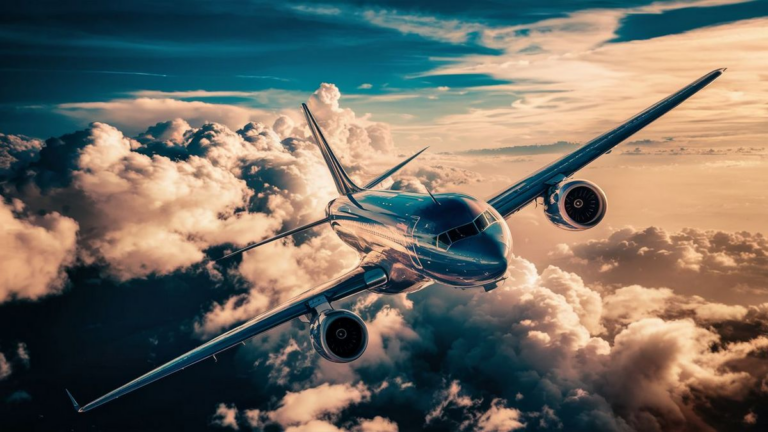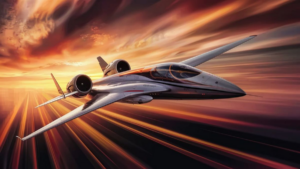When it comes to the question of how high a plane can go, the answer isn’t as straightforward as one might think. Aircraft have been designed to operate within specific altitude ranges, influenced by various factors such as aerodynamics, engine performance, and the purpose of the flight.
Aerodynamic Considerations
One of the primary factors determining the maximum altitude of an aircraft is its aerodynamic performance. As an aircraft ascends, the air density decreases, affecting the lift generated by the wings. At some point, the reduced air density makes it impossible for the wings to generate sufficient lift to keep the aircraft airborne. This altitude, known as the service ceiling, varies depending on the design of the aircraft.
Engine Performance
Another critical factor in determining the maximum altitude of a plane is its engine performance. Most modern aircraft are equipped with jet engines, which rely on the intake of air to generate thrust. As the air density decreases with altitude, the engines become less efficient at producing thrust. Eventually, the engines reach a point where they can no longer sustain flight, limiting the aircraft’s maximum altitude.
Types of Aircraft
The maximum altitude a plane can reach also depends on its type and purpose. Commercial airliners typically operate at altitudes ranging from 30,000 to 40,000 feet, where the air is thinner, allowing for more efficient fuel consumption and higher cruising speeds. In contrast, military aircraft, such as fighter jets, are capable of flying at much higher altitudes, often exceeding 50,000 feet or more, to perform reconnaissance or engage in aerial combat.
Specialized Aircraft
Some specialized aircraft, such as reconnaissance planes and experimental aircraft, are designed to operate at extreme altitudes. For example, the Lockheed U-2 spy plane is known for flying at altitudes above 70,000 feet, where it can conduct surveillance missions with minimal risk of detection.
Limitations
Despite advances in aviation technology, there are practical limitations to how high a plane can go. Extreme altitudes pose challenges such as decreased air pressure, temperature fluctuations, and limited oxygen availability for both crew and passengers. Additionally, structural limitations of the aircraft must be considered, as prolonged exposure to low air pressure can lead to structural fatigue and other issues.
In conclusion, the maximum altitude a plane can reach depends on various factors, including aerodynamics, engine performance, aircraft type, and intended purpose. While commercial airliners typically operate at altitudes below 40,000 feet, specialized aircraft and military jets can reach much higher altitudes for specific missions. Ultimately, the quest for higher altitudes in aviation continues to drive innovation and technological advancements in the field.
Frequently Asked Questions
- What is the service ceiling of an aircraft?
- Why do military aircraft fly at higher altitudes?
- What are the challenges of flying at extreme altitudes?
The service ceiling refers to the maximum altitude at which an aircraft can maintain level flight. It is determined by factors such as aerodynamics, engine performance, and design limitations.
Military aircraft, particularly fighter jets, often fly at higher altitudes to gain strategic advantages such as improved visibility, evasion of enemy detection systems, and the ability to execute rapid maneuvers.
Extreme altitudes present several challenges, including decreased air pressure, temperature fluctuations, and limited oxygen availability. These factors can impact both aircraft performance and the well-being of crew and passengers.
Comparing Altitudes
While commercial airliners typically operate at altitudes below 40,000 feet, specialized aircraft and military jets can reach much higher altitudes for specific missions. The table below offers a comparison of typical operating altitudes for different types of aircraft:
| Aircraft Type | Typical Operating Altitude |
|---|---|
| Commercial Airliners | 30,000 – 40,000 feet |
| Military Jets | Exceeding 50,000 feet |
| Specialized Aircraft | Above 70,000 feet |
See also:






